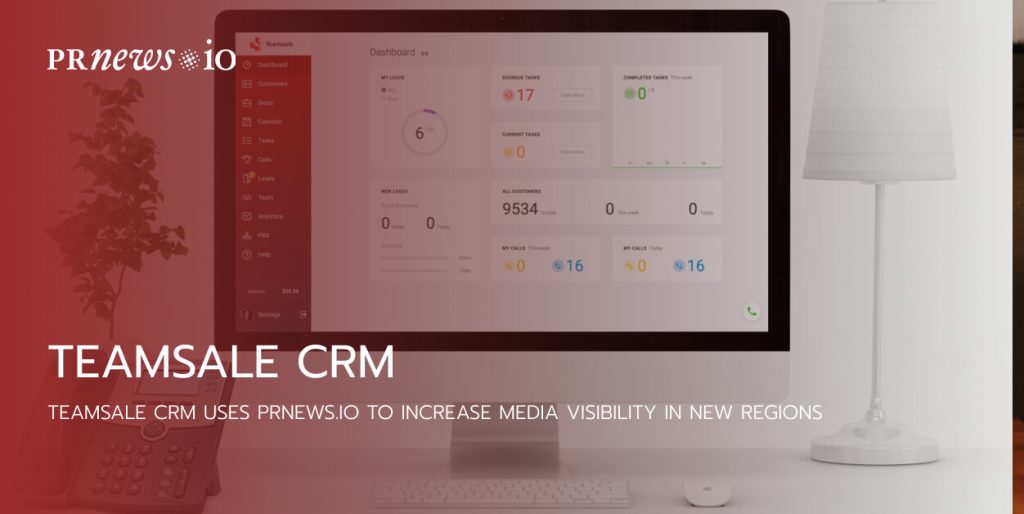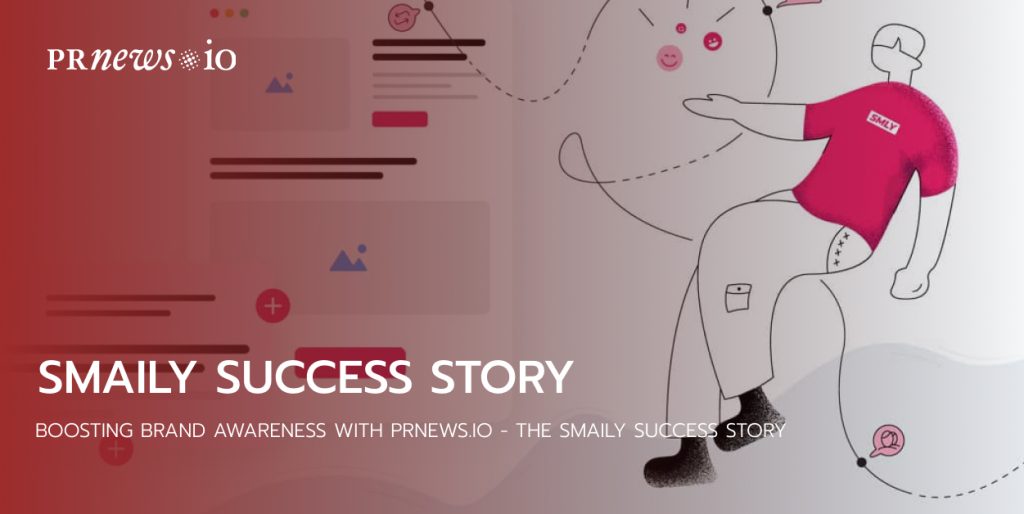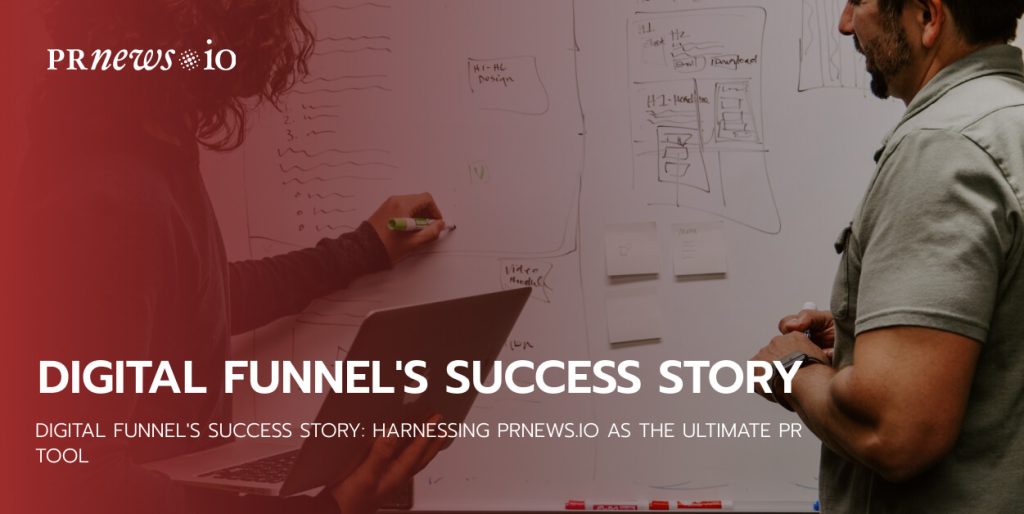
Failing to obtain buy-in means all the work you have done on your product would have been in vain. You have got all the resources to make it happen but you are still missing a step – stakeholder approval.
The goal of the process is to ensure your project is a success. It is more likely to be successful if it begins well. While your intentions are good, the approval often seems like a roadblock to progress. That’s where stakeholder analysis helps you tackle these issues.
As a PR pro, you use various tools to reach your management goals. A stakeholder analysis is one of those tools to do with care. So, when you do it, you identify, assess, and prioritize people who will be affected by your game plan.
So, What Is a Stakeholder Analysis?
Before getting down to analysis, it is smart to get an idea of who is a stakeholder. What influence do they have on your project? Direct.
In general, this is a term that describes anyone who benefits from your product and is actively involved in it. The way they take part in the strategy might affect its outcome.
When you start a venture, an organizational one, there is a team of people both internal and external who are involved in it. The point is to identify all the key players before the game begins.
The next step is to group them according to their goals and plans, interests, or influence; you name it. Often, these people change, or their interest in the game changes at different stages of the project. Let’s say these are technical requirements that need to be stable. Otherwise, the project will suffer.
If you’re just starting, use the following three questions to get things going.
Who is interested in your project?
How might they influence my ability to achieve impact?
Who is impacted?
Now, when you see the big picture – you know who is best involved and how to interact with each.
Why Does Stakeholder Analysis Matter?
So, why use this method? Whatever a venture, it has its challenges and expectations. To get the numbers, you need to evaluate the roles of every participant. Whether they are losers or winners, involved or excluded from decision-making processes; you name it.
It is often a wide range of people with varied and often conflicting interests that you need to manage. Keeping them happy is challenging. More to the point, informed, and onboard, every game player will move your strategy forward.
Simply put, it is about the risks and profits of a project.
Need more reasons? Here is how the method helps you to:
- reveal the interests of the key players about the problems that the venture aims to solve or cover;
- get new insights into a product by hearing from various angles and perspectives;
- detect conflicts/interests between the participants, which will influence the decision and risk of obtaining the funds needed;
- reduce risks;
- learn the relationships between a coalition of stakeholders (sponsorship, ownership, cooperation);
- build trust with stakeholders (the stakes are high, up to 56% of loss);
- saves time and money, improving your chances of making your venture a success and within a budget;
- determine the level of involvement of each player at successive stages of the game plan cycle.
Now, When Should You Do It?
Do it at the very beginning of the project. This method is about dialog, education, and visibility as well as strategic alignment. Think of it as a prime step for the advocacy you need when proving the opposite.
You can start it as a draft and continue to work on it, updating periodically. It is okay that people move in and out of the company or programs. For you, that means keeping track of all movements. Analyze newcomers and reanalyze the others as long as changes happen.
When this study is done early, it increases the chances of earning the support of these key participants. Bring these people together, invite them to early-stage meetings, and share your plans and objectives.
How to Perform Stakeholder Analysis?
The list of participants involved in your venture varies. It differs from case to case, so to select yours, please perform a stakeholder analysis.
Step 1 Identify
To get started, you’d better have answers to the following questions.
Who are the key players?
What is their interest?
How will they help you shape your product?
Who is the weakest player?
Step 2 Analyze
Now you have a draft with the names of stakeholders involved. In addition, you need to fill it with their requirements, goals, and needs. This way, you have the data you need to build a basic communication plan. Analyze their role in your project. Learn what motivates and what annoys them.
Step 3 Prioritize
Go deeper into your knowledge to prepare an engagement plan or a map. They are all different, with different amounts of attention and communication channels. Your task is to make everyone happy. Often, stakeholders are grouped into four categories.
Divide the players by influence and interest in your strategy. What you get is the picture with their level of authority that shows where they are in your product.
Step 4 Plan Communication
At this stage, draw up a plan for how you will handle all the different players. This is where you can be at the forefront of any conflicts. Try to answer the following questions.
What is their preferred communication channel?
How should they know?
How often do they want to be consulted?
That’s where you find answers to build the right tactic. Also, it will help you find areas where you can adjust your game plan to accommodate them. If they change their roles, reassess your assumptions to stay ahead of the risks and conflicts.
Golden Rules to Engage Stakeholders Effectively
Whatever your product is about, the key is to obtain buy-in. Further, you need to know what to inform and how often. High involvement is crucial. With the stakeholder analysis in place, you keep your fingers on the pulse of success. Want to increase your chances of buy-in? Ensure you follow the key principles below.
- Provide offer value. Keep the focus on stakeholder requirements. The needs might change at different stages of the plan, and you need to be ready to meet them.
- The less is more. Whenever you want to connect with the players, deliver the relevant information. It is your best bet.
- Match the preferences of your players. Use the right channels. Calls, video recordings, or interactive dashboards; you name it.
- Show the results using product management software. Make it easy for players to find data.
To avoid common pitfalls, ensure you:
- are in time with stakeholder analysis;
- have all key players on the list;
- meet stakeholders’ needs or motivations;
- reassess your assumptions from time to time.
Conclusion
The difference between success and failure can be in simply knowing how to and how not to communicate with the product team members. It is a smart strategy to use at the very beginning of the product launch. With a direct plan in place, you have a chance to overcome the obstacles to success.
Content Marketing Platform
- 100,000+ media publications;
- get backlinks to your product;
- scale work with content distribution.





